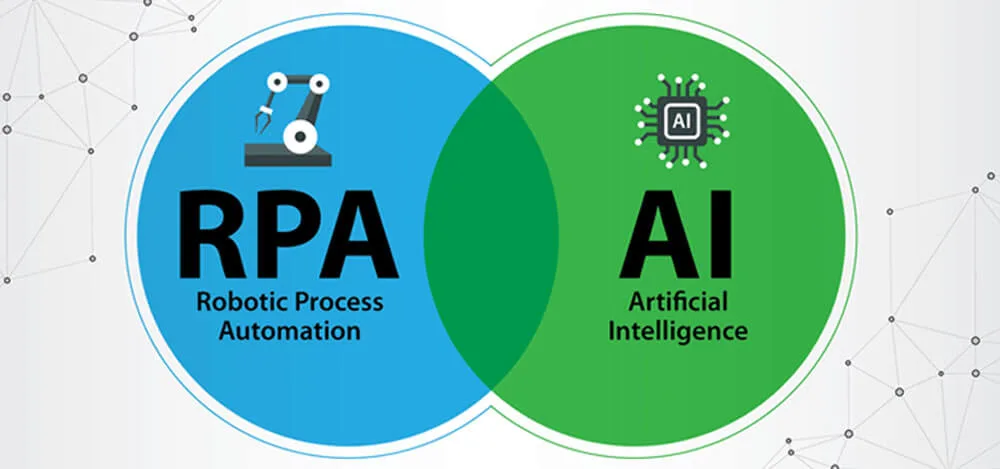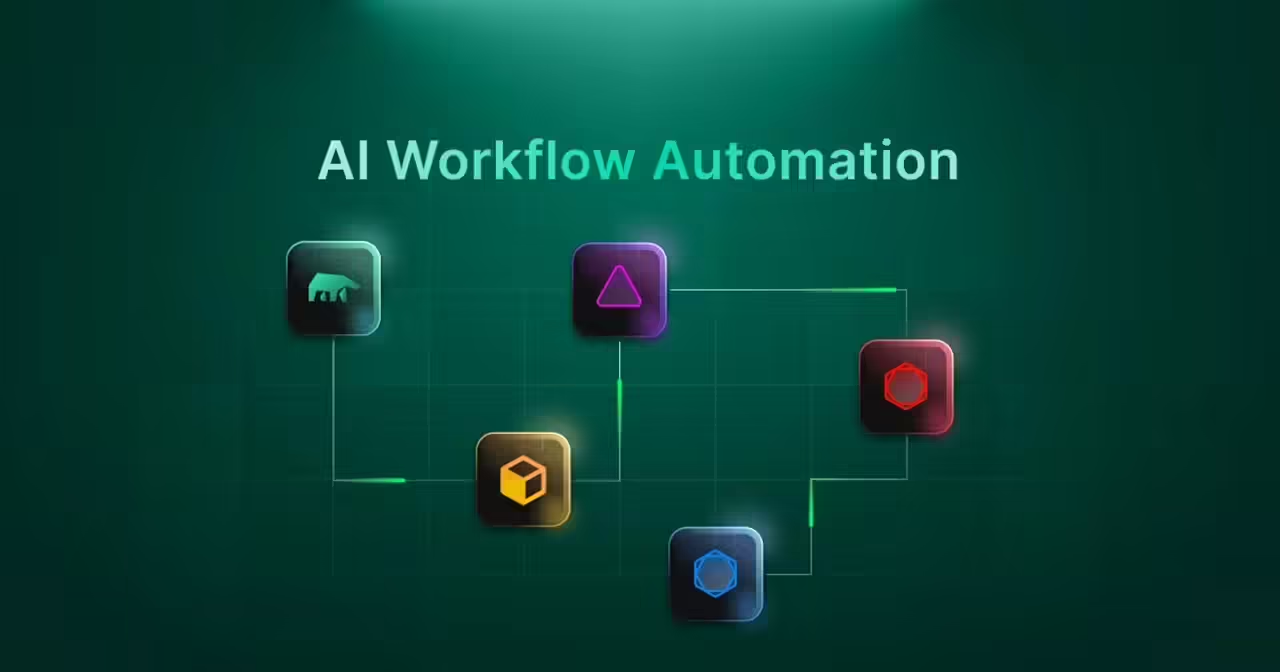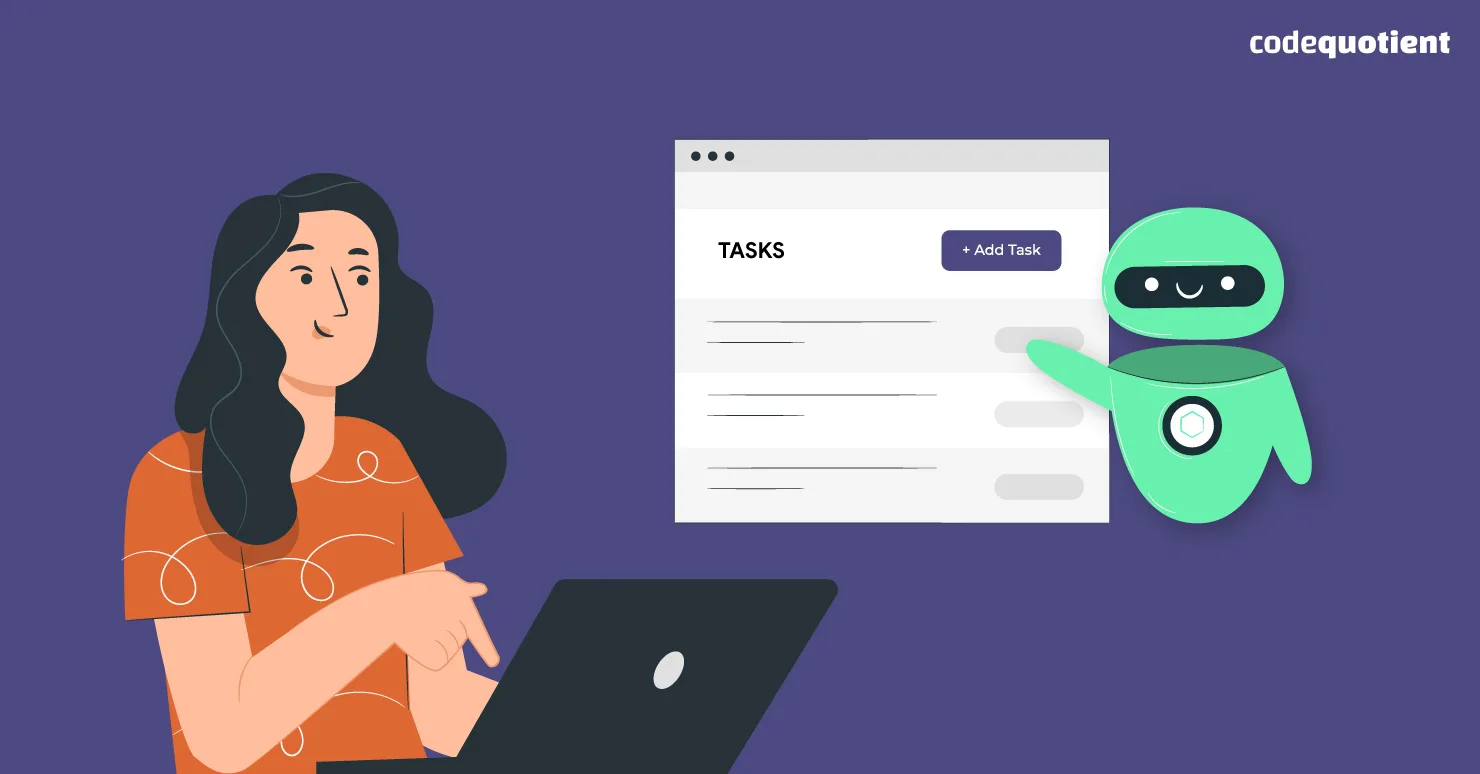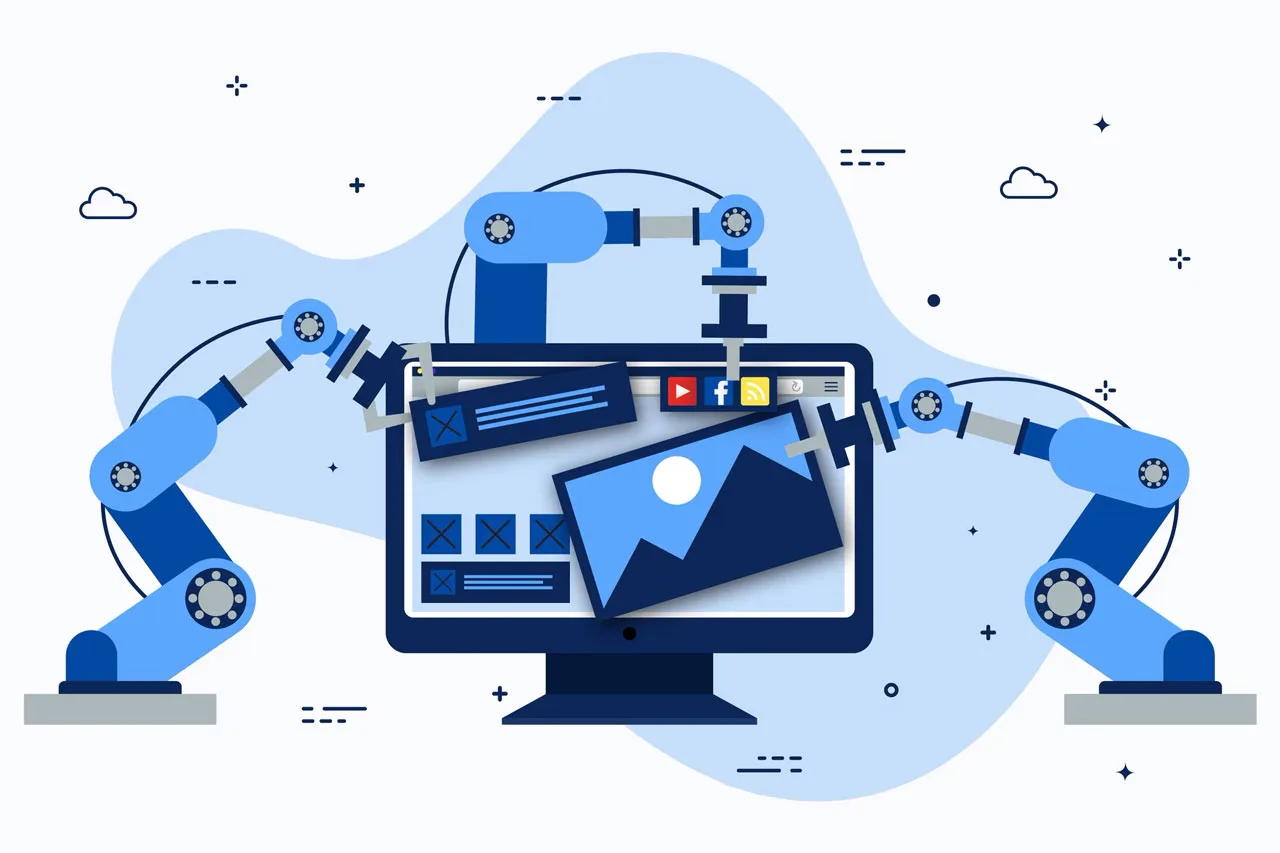Task automation using AI is revolutionizing the way businesses operate, streamlining processes, and increasing efficiency. Whether you’re a beginner looking to understand the basics or a professional seeking advanced techniques, this comprehensive guide will provide you with everything you need to know about task automation using AI.
From the fundamentals of AI in task automation to practical tips for successful implementation, this article covers it all. Discover how AI can transform your workflow and unlock new possibilities.
Introduction to Task Automation Using AI
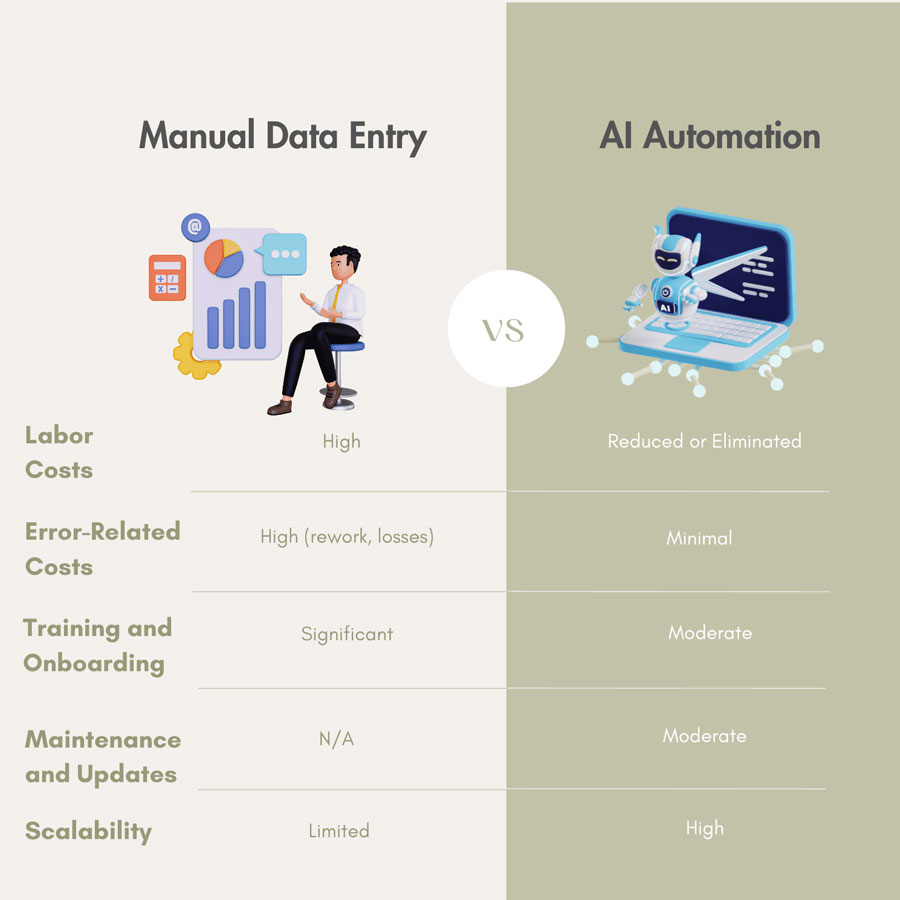
In today’s fast-paced business environment, organizations are constantly seeking ways to streamline their processes and increase efficiency. One powerful solution that has emerged in recent years is task automation using artificial intelligence (AI).
By harnessing the capabilities of AI, businesses can automate repetitive tasks, reduce errors, and free up valuable time for employees to focus on more strategic activities. In this section, we will explore the concept of task automation and how AI is driving its evolution, highlighting the benefits of implementing AI-driven automation in your workflow.
The Role of AI in Automating Tasks
Artificial intelligence has the ability to mimic human intelligence and perform tasks that traditionally required human intervention. With advancements in natural language processing, machine learning, and predictive analytics, AI has become an ideal tool for automating repetitive tasks.
AI-powered chatbots can handle customer inquiries, freeing up customer service representatives to focus on more complex issues. By understanding the power of AI, businesses can leverage its capabilities to automate tasks and improve overall productivity.
The Benefits of Task Automation Using AI
Implementing task automation using AI offers numerous benefits for businesses. Firstly, it increases productivity by eliminating the need for manual work, allowing employees to focus on more value-added activities.
Secondly, it reduces costs by minimizing errors and maximizing efficiency. By automating tasks, businesses can also improve accuracy and consistency, resulting in higher customer satisfaction. Real-life examples and success stories will be shared throughout this guide to demonstrate the tangible impact of AI-driven task automation.
Different Approaches and Techniques for AI-Based Task Automation
There are various approaches and techniques that leverage AI for task automation. Each approach has its own strengths and use cases, depending on the nature of the task at hand. In this section, we will explore four common approaches: rule-based systems, machine learning algorithms, cognitive automation, and robotic process automation (RPA). By understanding these different approaches, businesses can choose the most suitable technique for their specific automation needs.
Rule-Based Systems

Rule-based systems rely on a set of predefined rules to automate tasks. These rules are typically based on logical conditions and trigger actions when certain criteria are met. Rule-based systems excel in industries where tasks follow predictable patterns and have clear guidelines.
For example, in the finance sector, rule-based systems can automate the process of detecting fraudulent transactions by applying predefined rules to incoming data. While rule-based systems are effective for simple tasks, they may not be suitable for more complex processes that require flexibility.
Machine Learning Algorithms
Machine learning algorithms enable computers to learn from data and make predictions or take actions without being explicitly programmed. By training algorithms on large datasets, machines can recognize patterns and make informed decisions. Machine learning algorithms are particularly useful for tasks that involve data analysis and pattern recognition, such as image recognition or demand forecasting.
For instance, in retail, machine learning algorithms can analyze customer purchase history to predict future buying behavior. As more data becomes available, machine learning models can continuously improve their predictions.
Cognitive Automation
Cognitive automation combines AI technologies such as natural language processing and computer vision to automate tasks that require human-like understanding and decision-making. This approach enables machines to interpret unstructured data, such as text or images, and perform tasks that traditionally required human intervention.
For example, in healthcare, cognitive automation can analyze medical records and assist in diagnosing diseases. By leveraging cognitive automation, businesses can automate complex tasks and improve overall efficiency.
Robotic Process Automation (RPA)
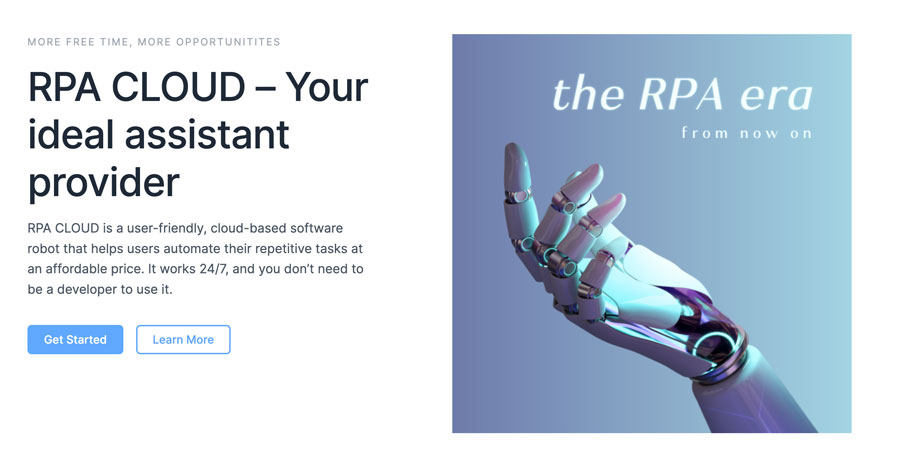
Robotic Process Automation (RPA) uses software robots to automate repetitive tasks across different systems. These robots can mimic human actions by interacting with user interfaces and performing tasks such as data entry or file manipulation.
RPA is particularly useful in industries with high-volume transactional processes, such as banking or insurance. For instance, RPA can automate the process of reconciling bank statements by extracting data from multiple sources and comparing them for discrepancies. By deploying RPA, businesses can achieve significant time savings and reduce errors.
Practical Tips for Implementing AI-Driven Task Automation
While the benefits of implementing AI-driven automation are clear, successful implementation requires careful planning and consideration. In this section, we will offer practical advice for businesses looking to leverage AI in their automation efforts.
Ensuring Data Quality
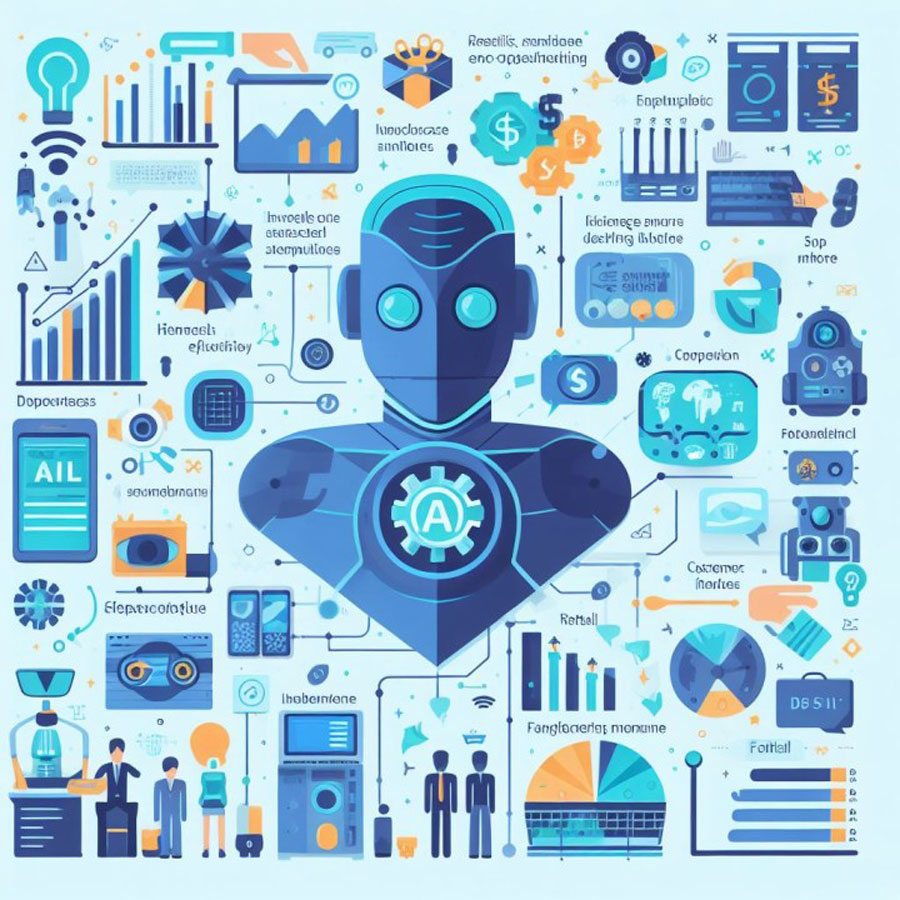
Data quality is a critical factor in the success of AI-driven automation. Poor data quality can lead to inaccurate results and undermine the effectiveness of automated processes. To ensure data quality, businesses should invest in data cleaning and validation processes.
This involves identifying and correcting errors or inconsistencies in the data before it is used for automation. By ensuring data accuracy, businesses can achieve optimal results from their AI-driven automation efforts.
Selecting the Right Tools and Technologies
Choosing the right tools and technologies is essential for successful task automation using AI. Businesses should consider factors such as scalability, ease of use, and compatibility with existing systems. Scalability is particularly important as it allows businesses to expand their automation efforts as their needs grow. Additionally, selecting user-friendly tools ensures that employees can easily adapt to the new automation processes.
Compatibility with existing systems is crucial to ensure smooth integration and minimize disruptions. By carefully evaluating different tools and technologies, businesses can select the most suitable solutions for their automation needs.
Integrating AI-Driven Task Automation with Existing Systems
Integrating AI-driven task automation with existing systems can pose challenges for businesses. However, with proper planning and execution, these challenges can be overcome. One key consideration is API integration, which allows different systems to communicate and share data seamlessly.
Businesses should also carefully plan data migration to ensure that all relevant data is transferred accurately. Change management is another critical aspect of integration as it involves training employees and managing any resistance to change. By addressing these challenges proactively, businesses can ensure a smooth transition to AI-driven task automation.
Overcoming Common Challenges and Ensuring Successful Integration of AI in Task Automation
Implementing AI in task automation may come with its own set of challenges. In this section, we will address some common challenges businesses may face and provide strategies for overcoming them.
Addressing Resistance to Change

Resistance to change is a common challenge when implementing AI-driven task automation. Employees may be resistant to adopting new technologies or fear that automation will replace their jobs. To address this challenge, businesses should focus on communication and create a culture of innovation.
Clearly communicating the benefits of automation and involving employees in the process can help alleviate resistance. Providing training and support can also empower employees to embrace the changes brought about by AI-driven automation.
Bridging Skill Gaps
Implementing AI-driven task automation may require new skills within the organization. Skill gaps can arise when employees are unfamiliar with AI technologies or lack the necessary expertise to work with automated systems. To bridge these skill gaps, businesses should invest in upskilling programs and provide resources for employees to learn new skills. Leveraging external resources such as training courses or consultants can also help fill skill gaps quickly.
By fostering a learning culture within the organization, businesses can equip their employees with the necessary skills to maximize the potential of AI-driven automation.
Addressing Ethical Considerations
As AI becomes more prevalent in task automation, ethical considerations become increasingly important. Privacy concerns, bias in algorithms, and the impact on jobs are some of the ethical considerations associated with AI-driven automation. To address these concerns, businesses should prioritize transparency and accountability in their implementation of AI.
Proactive monitoring of automated systems can help detect and mitigate biases or errors. Additionally, involving stakeholders in the decision-making process and seeking external audits can ensure responsible use of AI in task automation.
Conclusion
Task automation using AI has the power to transform businesses by streamlining processes, increasing efficiency, and driving innovation. By understanding the fundamentals of AI in task automation, exploring different approaches and techniques, and implementing practical tips, businesses can unlock the full potential of AI-driven automation. Embrace the future of work with AI and revolutionize your workflows today!
Read more:







